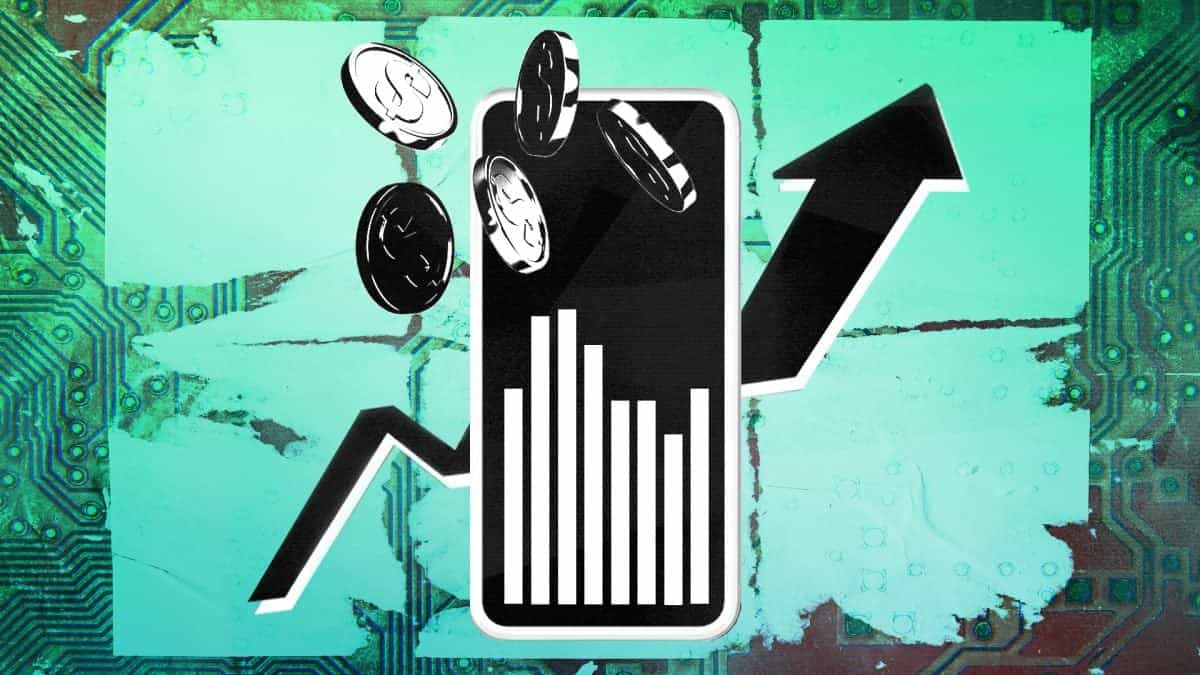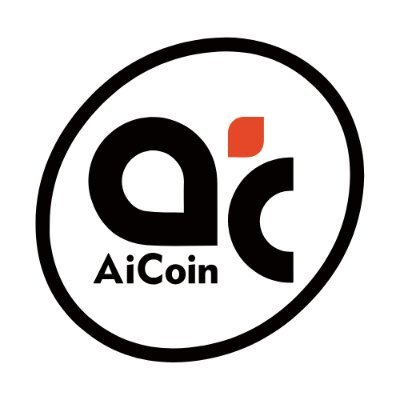Everstake CEO Sergey Vasylchuk on Staking, Institutional Trust, and the Future of Blockchain Governance
Everstake’s journey began as an experimental project while Vasylchuk was building a cryptocurrency exchange. As a software developer with a background in payments and banking, he was focused on making blockchain technology faster and more practical for financial institutions. However, the limitations of early proof-of-work networks, including slow transaction speeds, led him to explore proof-of-stake (PoS) solutions.
“When I first saw EOS, it was mind-blowing—transactions in under two seconds. That’s when I realized we were getting closer to the speed financial systems require,” Vasylchuk explained. His team became deeply involved in optimizing blockchain performance, and developing techniques to improve network efficiency. The success of these innovations led Everstake to emerge as a validator for multiple blockchains, evolving into a full-scale infrastructure provider for over 80 blockchain projects today.
Everstake’s role goes beyond staking; it acts as a crucial infrastructure layer for blockchains, bridges, and decentralized applications. “We’re not just validators. We support blockchain ecosystems, ensure security, and help new networks scale,” Vasylchuk emphasized.
With staking becoming a mainstream feature in crypto, validators face increasing operational and security challenges. Managing thousands of keys and servers requires rigorous risk management processes to prevent costly mistakes. Vasylchuk noted that Everstake maintains an uptime of nearly 99.9%, a testament to its dedication to reliability.
“The biggest challenge isn’t running existing blockchains, it’s onboarding new testnets. New networks come with design flaws and bugs, and choosing the right emerging blockchain to support requires careful technical evaluation,” he said.
To strengthen institutional confidence, Everstake recently secured SOC 2 Type 1 certification, a widely recognized security standard. While retail stakers trust the company based on its long-standing reputation, institutional investors require additional verification. “For many institutions, it’s not about whether they trust us, it’s a requirement. Without the certification, they simply cannot work with us,” Vasylchuk explained.
Ethereum has seen a steady 4% increase in staked ETH over the past year, signaling long-term confidence in PoS networks. Vasylchuk believes this growth will continue, drawing comparisons to Solana, where over 65% of tokens are staked.
“Ethereum staking is still relatively low at 27%, meaning there’s significant room for growth. Looking at networks like Solana, we expect Ethereum’s staking percentage to increase substantially,” he noted.
Beyond Ethereum and Solana, Vasylchuk sees potential in newer staking ecosystems but believes long-term success depends on strong governance models. “Staking isn’t just about earning rewards, it’s about governance. When you stake, you’re delegating your voting power. Unfortunately, many users prioritize APR over choosing responsible validators,” he cautioned.
As a major validator across multiple networks, Everstake plays a key role in governance decisions. However, Vasylchuk dismissed concerns that large validators pose a centralization risk. “Despite being one of the biggest, our stake in Solana is only 1.4%, in Sui, it’s 1.3%. That’s far from centralization,” he clarified.
Instead, he pointed to centralized exchanges as a greater threat to blockchain governance. “Exchanges control staked funds but don’t allow users to participate in governance. This weakens decentralization and gives them disproportionate influence over networks,” he warned.
With governments increasingly focused on cryptocurrency regulation, staking is coming under greater scrutiny. Vasylchuk believes regulators still lack a deep understanding of staking, often misinterpreting it as a purely financial instrument rather than a governance mechanism.
“When we explain staking as a voting process, regulators get confused. They want to regulate it, but they don’t know how,” he said. However, he remains optimistic that clearer regulations under the new U.S. administration could create pathways for institutions to fully embrace staking.
“If institutions gain regulatory clarity, we could see staking ETFs or publicly traded staking companies emerge, unlocking massive new investment streams,” Vasylchuk predicted.
Despite regulatory uncertainties, Vasylchuk believes 2025 will be a strong year for staking, driven by a bullish market, institutional entry, and greater regulatory clarity. However, the full potential of staking will only be realized once traditional financial institutions can access it through regulated investment vehicles.
“A staking ETF would be a game-changer. It’s not a matter of if, it’s when. With proper risk management and regulation, staking could become a multi-trillion-dollar market,” he concluded.
As Everstake continues to expand its role in blockchain governance and security, Vasylchuk remains committed to bridging the gap between crypto and traditional finance. His dual mission of optimizing blockchain infrastructure while educating regulators positions Everstake as a pivotal player in the future of decentralized finance.
免责声明:本文章仅代表作者个人观点,不代表本平台的立场和观点。本文章仅供信息分享,不构成对任何人的任何投资建议。用户与作者之间的任何争议,与本平台无关。如网页中刊载的文章或图片涉及侵权,请提供相关的权利证明和身份证明发送邮件到support@aicoin.com,本平台相关工作人员将会进行核查。

pinjamin_townzwin
2025/02/13 03:53
MEUSDT Breaks Out of Downtrend
$ME USDT (Magic Eden) has broken out of a major downtrend that lasted since December 2024. The chart shows a clear falling wedge pattern (blue lines), with the downtrend line now broken. High volume confirms this breakout, signaling bullish potential.
Bullish Signals and Market Energy
I sense positive momentum here. The team behind MEUSDT might be preparing something big. This breakout also forms a classic bottom pattern (yellow cup), reinforcing the bullish outlook. Even though it’s a young chart, the structure suggests prices could grow.
Broader Market Context
If Bitcoin, EOS, Polygon, and other altcoins are bullish, then Magic Eden and others likely are too. Some coins will rise early, others later. The bull market will keep unfolding throughout 2025.
Strategy for Success
The key is patience. Focus on the bigger picture and think long-term. Would you rather lose $1,000 quickly or make $10,000 slowly? Set clear goals, like turning $10,000 into $50,000, and build a strategy around that.
If you feel anxious after entering a trade, it means you need more knowledge or practice. A confident mindset comes with preparation. The market rewards those who stay calm, plan well, and think long-term.
Opportunities Ahead
Cryptocurrency is the future of money, and we’re still early in its growth. This market is here to stay, and the opportunities are endless. Keep learning, stay patient, and trust in the choices you’re making. You’re on the right path, and great rewards await those who stay consistent.
Does this work for you?


 最低價
最低價 最高價
最高價 





















































EOS 社群媒體數據
過去 24 小時,EOS 社群媒體情緒分數是 3.3,社群媒體上對 EOS 價格走勢偏向 看漲。EOS 社群媒體得分是 84,630,在所有加密貨幣中排名第 120。
根據 LunarCrush 統計,過去 24 小時,社群媒體共提及加密貨幣 1,058,120 次,其中 EOS 被提及次數佔比 0.03%,在所有加密貨幣中排名第 81。
過去 24 小時,共有 1,598 個獨立用戶談論了 EOS,總共提及 EOS 279 次,然而,與前一天相比,獨立用戶數 減少 了 2%,總提及次數減少。
Twitter 上,過去 24 小時共有 21 篇推文提及 EOS,其中 43% 看漲 EOS,10% 篇推文看跌 EOS,而 48% 則對 EOS 保持中立。
在 Reddit 上,最近 24 小時共有 248 篇貼文提到了 EOS,相比之前 24 小時總提及次數 減少 了 0%。
社群媒體資訊概況
3.3